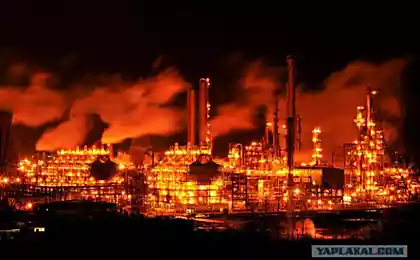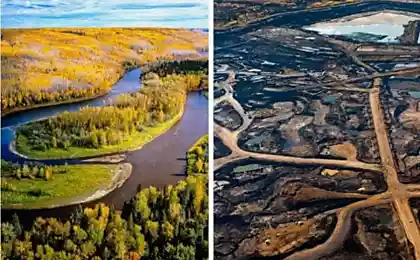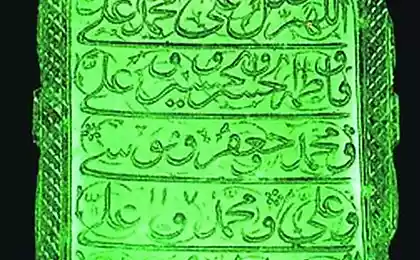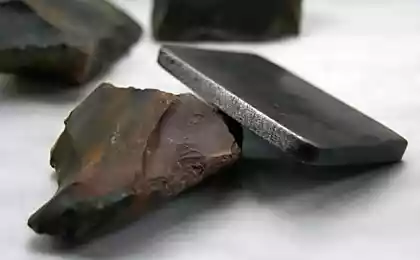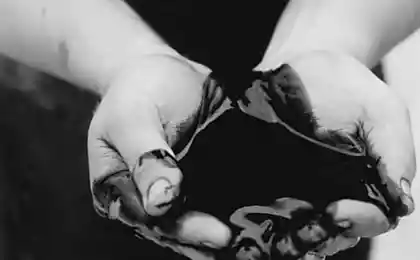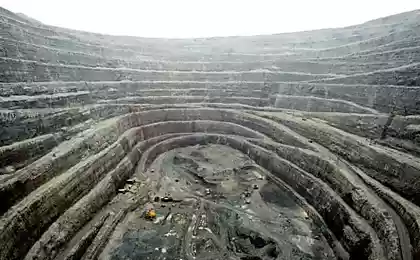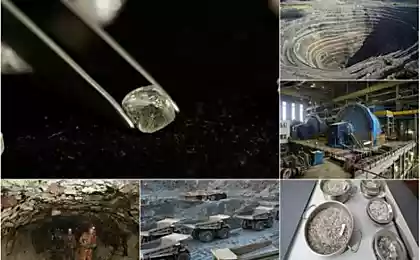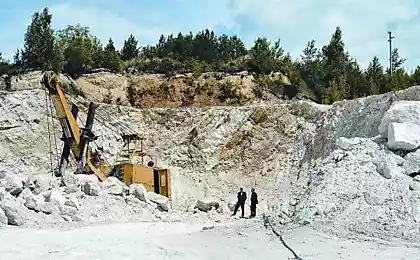649
Stone extraction in Dzhaflong
Photographer from Bangladesh Khalid Hassan. A series of his works is named "Living Stone: community loses a life." On monochrome photographs he told how Dzhaflong dying town that is located in the north-eastern part of Bangladesh. There is a river Piyan, where thousands of local people engaged in mining of stones. This worsens the condition of the environment, gradually declining agriculture, people get sick and die ... Huge flashy human eyes on a background of stone extractive working machines from high-frequency sounds that fade away children. Dried up river with an empty boat on the shore - not only enough Charon. Each photo Khalid Hasana- metaphor.
20 ph via amelito
1) This production is bad for the environment, bad for workers' health, pollute the air, very noisy. It destroys the landscape. This is a map of the broken stone oppressive reality Dzhaflonge.
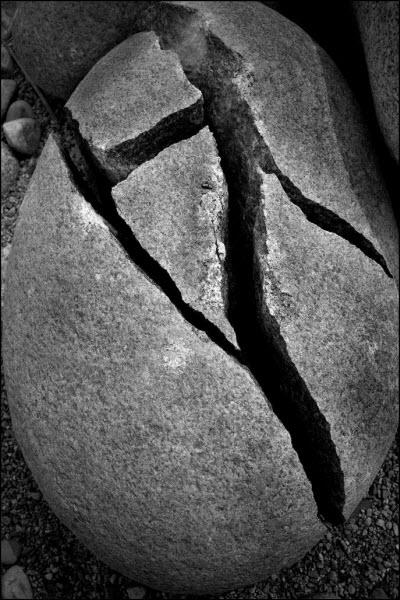
2) The use of modern technology almost deprived Piyain river stones. Workers had to climb up and up the river to find the rocks. Works the night shift.
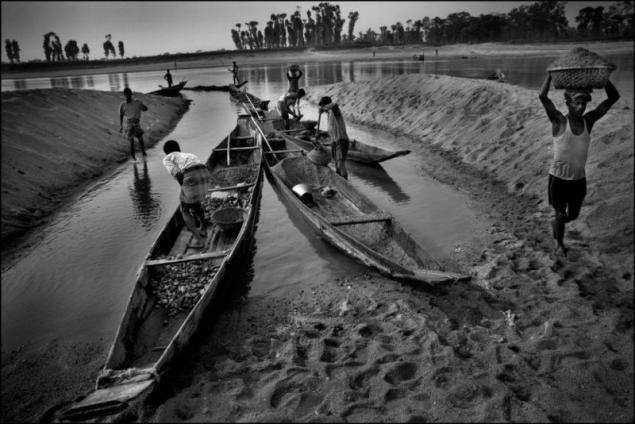
3) One of the workers Alfazh Hossain. It works every day without days off, he gains three boats stones and sells to wholesalers at 2.17 dollars per boat.
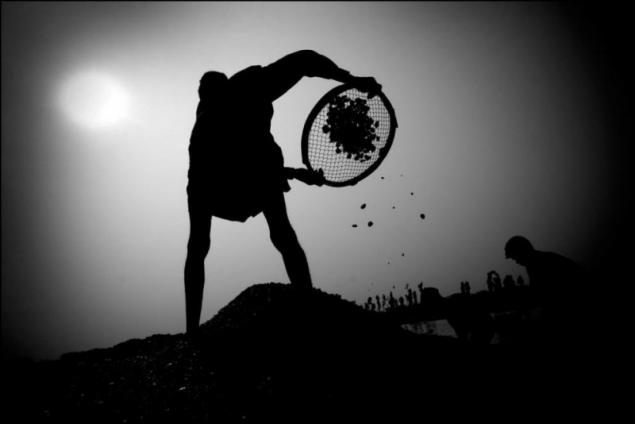
4) Probad Das (67 years) and Preity Rani Das (39 years old) work in pairs for four years. They used to earn 5.79 dollars a day, now only 2.17.
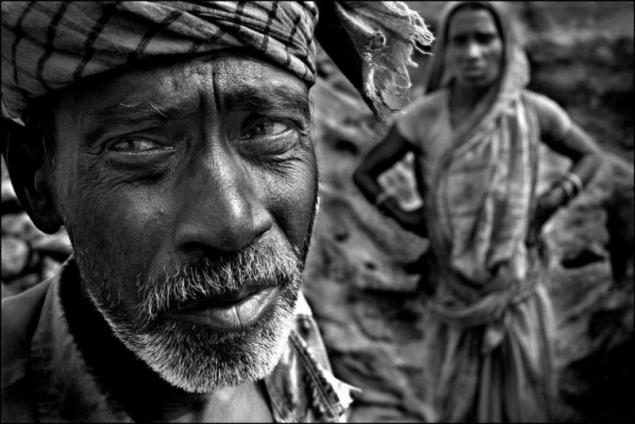
5) Children grow in abnormal conditions - among the stones and learn to overcome the difficulties of life.
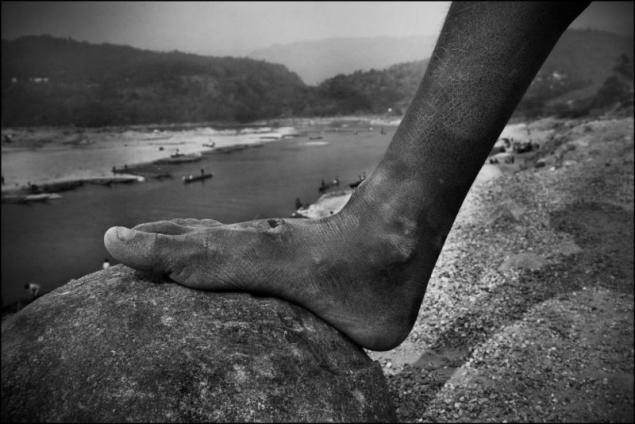
6) Wash the stones. The industry involved about 2,000 men, women and children.
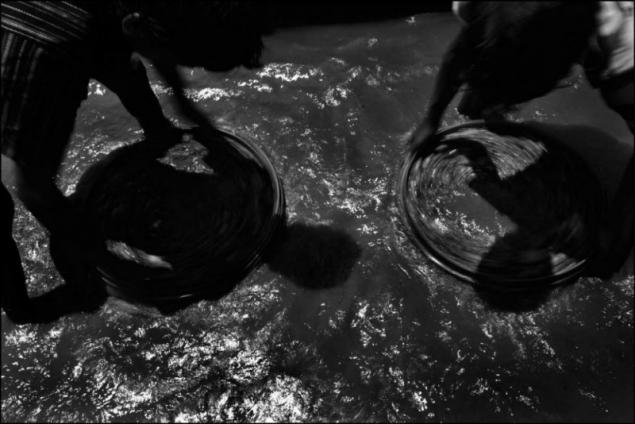
7) This group of men engaged in mining rock for the past five years.

8) Kalam Ali (26 years) is working here for 4 years, he knows about the dangers of production. His face was covered with a cloth, to somehow protect themselves from the dust.
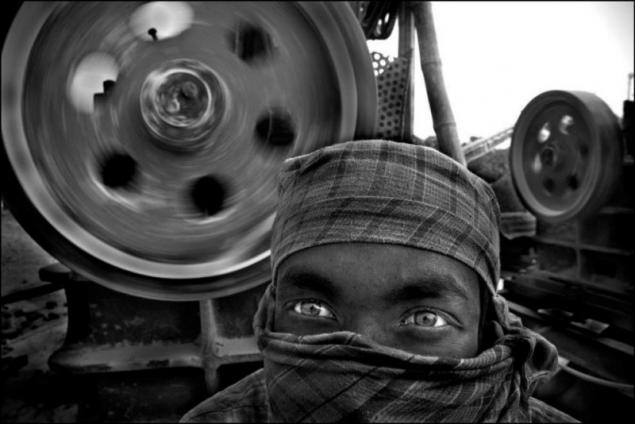
9) Abu Bakkar bathes in the river after work.
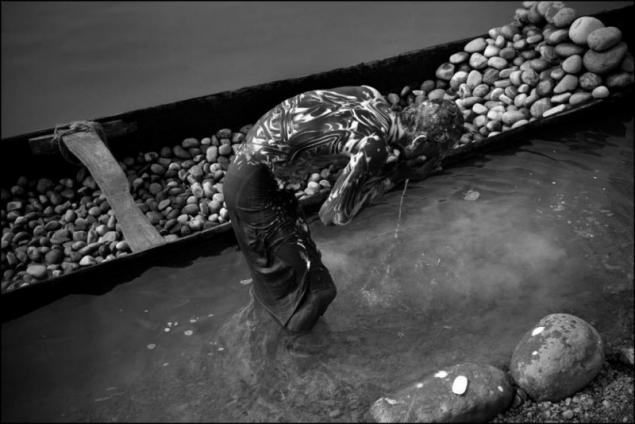
10) Raja Begum, dining and relaxing in the middle of the day.
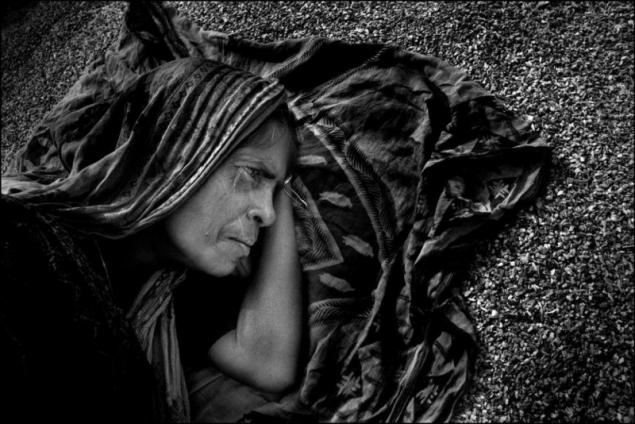
11) Children are also involved in the mining of stones. This child pick up the pieces of stones in the bucket and gets 7 cents at the end of the working day.
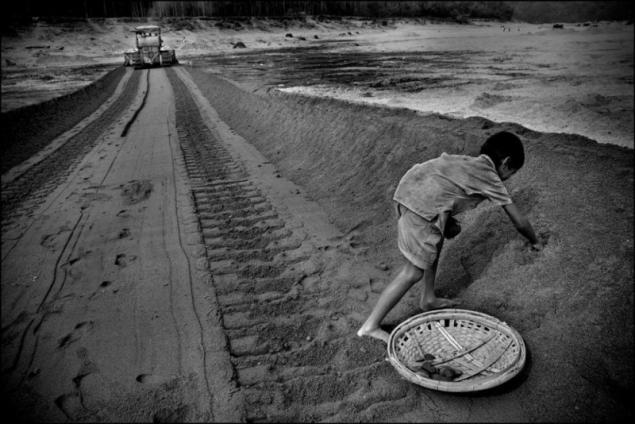
12) The loading stones into a truck. The stones used in the construction of high-rise buildings in the city, roads and highways.
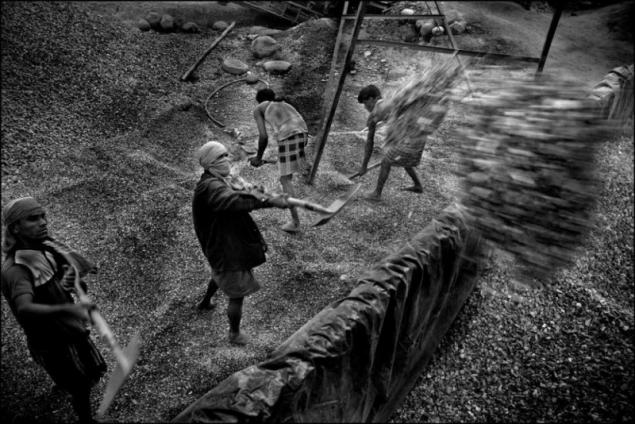
13) Unmanaged Dzhaflonga quarries pose a great threat to the environment, health and agriculture.
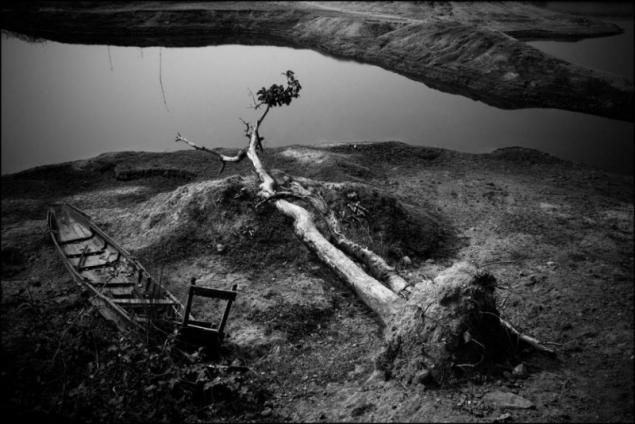
14) Workers who profess Hinduism during the holiday A ~ «Paus ShankrantiA ~ do not go to work.
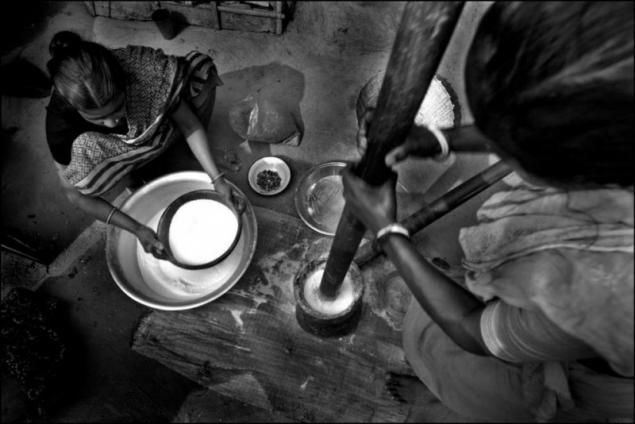
15) Shapna (13 years), sometimes she scored a job and just floating on a boat with his brother.

16) Women are paid less, so they have to work more.
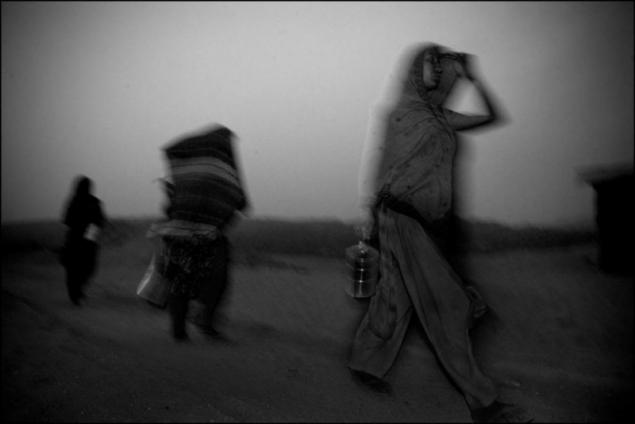
17) Alya Begum, a mother of two, is temporarily closed due to illness. She had no money to buy food and medicines.
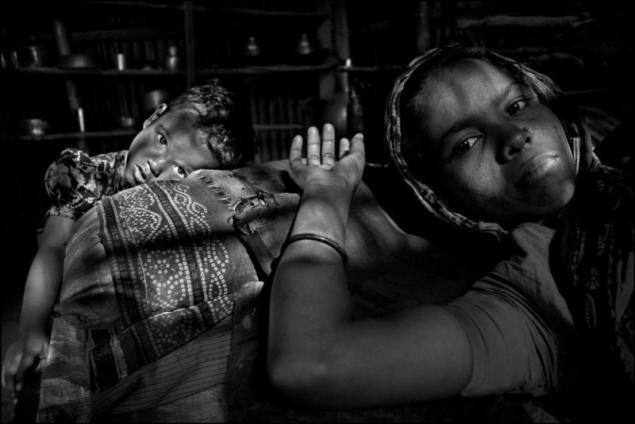
18) Modern technology replaced the tools that were used before.
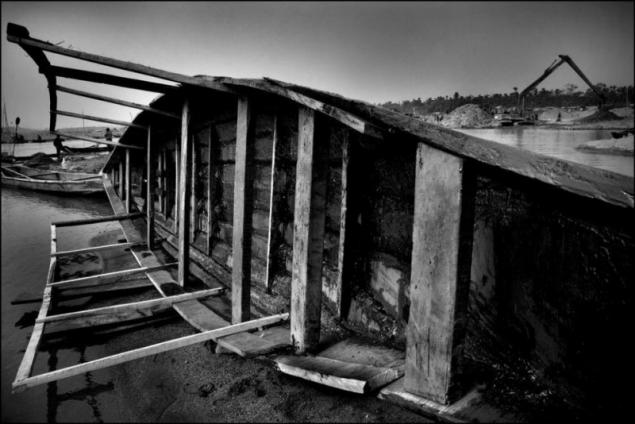
19) Sufia Khatun (43) operates the machine for crushing stones. Sometimes it works all night. Naturally no she does not get overtime.
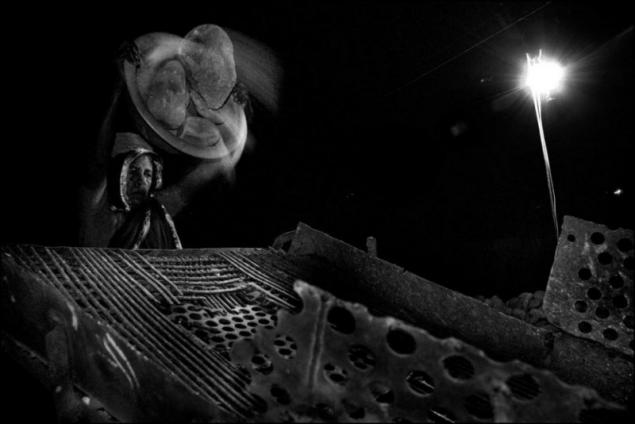
20) Men and machines are working day and night in the quarries, from cars comes the light, but did not originate emotions in front of people a lot of emotions, but instead light the darkness, seized their lives.
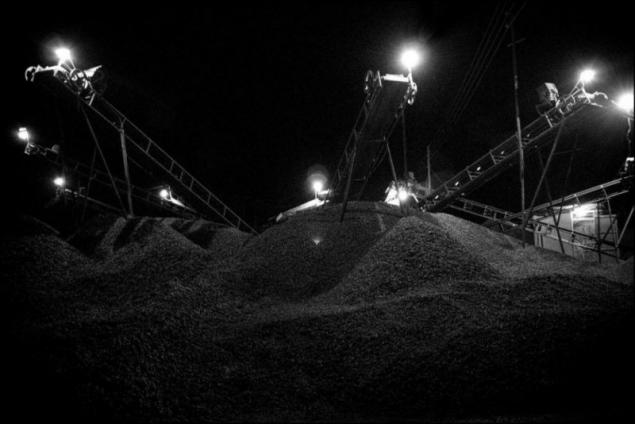
Source:
20 ph via amelito
1) This production is bad for the environment, bad for workers' health, pollute the air, very noisy. It destroys the landscape. This is a map of the broken stone oppressive reality Dzhaflonge.

2) The use of modern technology almost deprived Piyain river stones. Workers had to climb up and up the river to find the rocks. Works the night shift.

3) One of the workers Alfazh Hossain. It works every day without days off, he gains three boats stones and sells to wholesalers at 2.17 dollars per boat.

4) Probad Das (67 years) and Preity Rani Das (39 years old) work in pairs for four years. They used to earn 5.79 dollars a day, now only 2.17.

5) Children grow in abnormal conditions - among the stones and learn to overcome the difficulties of life.

6) Wash the stones. The industry involved about 2,000 men, women and children.

7) This group of men engaged in mining rock for the past five years.

8) Kalam Ali (26 years) is working here for 4 years, he knows about the dangers of production. His face was covered with a cloth, to somehow protect themselves from the dust.

9) Abu Bakkar bathes in the river after work.

10) Raja Begum, dining and relaxing in the middle of the day.

11) Children are also involved in the mining of stones. This child pick up the pieces of stones in the bucket and gets 7 cents at the end of the working day.

12) The loading stones into a truck. The stones used in the construction of high-rise buildings in the city, roads and highways.

13) Unmanaged Dzhaflonga quarries pose a great threat to the environment, health and agriculture.

14) Workers who profess Hinduism during the holiday A ~ «Paus ShankrantiA ~ do not go to work.

15) Shapna (13 years), sometimes she scored a job and just floating on a boat with his brother.

16) Women are paid less, so they have to work more.

17) Alya Begum, a mother of two, is temporarily closed due to illness. She had no money to buy food and medicines.

18) Modern technology replaced the tools that were used before.

19) Sufia Khatun (43) operates the machine for crushing stones. Sometimes it works all night. Naturally no she does not get overtime.

20) Men and machines are working day and night in the quarries, from cars comes the light, but did not originate emotions in front of people a lot of emotions, but instead light the darkness, seized their lives.

Source:






